Are you eager to improve yourself but not sure where to start or you’re feeling a little stuck? Then it’s time to uncover where to start with personal development and take charge of your personal growth!

Where To Start With Personal Development
In this blog post, I’ll guide you through the steps to begin your personal growth journey so that you can unlock your full potential.
With the right mindset and determination, you can make positive changes in your life and achieve anything you set your mind to.
Let’s get started so that you can turn your goals into reality!
This post has affiliate links which means that we make a commission from qualifying purchases at no additional cost to you. For more information read our Affiliate disclosure.
Note: Although I am a Clinical Social Worker, engaging with this website does not establish a professional social worker-client relationship. The information provided here is for general purposes only and should not be considered professional advice. While we strive to ensure accuracy and reliability, this content is not a substitute for professional guidance. For specific concerns, issues, or situations, it is essential to consult a qualified professional and present your situation. Read the full Disclaimer here.
WHERE TO BEGIN WITH A PERSONAL GROWTH JOURNEY

#1 CHOOSE THE (FIRST) AREA OF LIFE THAT YOU WANT TO TRANSFORM, IMPROVE, OR ENHANCE
It’s a good idea to start with one area or to choose an area that will impact more areas of your life. For instance, if you choose to work on your mindset or spirituality (not necessarily in a religious sense but rather personal growth), you will find other areas changing too because you’ll be opening up for more things and expanding your consciousness.
Or if you choose productivity, you will find that all areas of life can benefit because here you’ll be dealing with managing emotions, dealing with distractions, and increasing self-control and self-reliance.
So not only your work area but also your relationships, your emotional well-being, and even your mental health will benefit because you’ll be preventing overstress, burnout, and even depression.
You get where I’m going with this. It’s not a one thing deal because every area of your life is connected with other areas, so things build on each other, plus your growth isn’t limited to only one segment.

To help you decide on one area if you’re having a hard time making up your mind or dealing with perfectionism, I suggest either going for an area you see as “critical” right now or going for a low-hanging fruit. This is an area you know can transform the fastest for you because you’re already immersed in its growth in some way.
(For example, you are someone working in this area or even having a career built in this area or some other area somewhat closely related to this one. Or you have already done some work, but you need more. Low-hanging fruit might even be having a close friend whom you know is going through a transformation in this area, so now you can have an accountability buddy or someone to bounce your idea off of and exchange experiences.)
I’m suggesting that you take one of these routes because you want to find the easiest way to start with personal development as well as reduce the resistance to change you’ll encounter. This is because we’re wired to choose familiarity and safety even though things we’re used to in our lives may in fact be unuseful for us or even harmful.
Therefore, you need to find the quickest way to make the unfamiliar familiar. So when you’ve choose an area, now it’s time to decide on a resource for making it happen.
#2 CHOOSE RESOURCES FOR PERSONAL DEVELOPMENT AND PERSONAL GROWTH
I’ll just briefly mention a few personal development resources here:
- Self-help books/workbooks/journals
- 1-on-1 Coaching or Group coaching
- In person or online training
- Online Courses
- Subscription to a platform with personal development programs where you can take more than one program at the same time or one after another
- Psychotherapy
- Mentorship
- Masterminds
- Classes
- Retreats
When you are in the process of choosing a personal development resource, you need to think about:
- if you’re more into a self-paced style of learning and growing or cohort (studying in a group) where you have accountability and group energy
- the way you prefer to absorb content
- the best way you can interact with content and what type of learner you are
- on what level you are concerning the topic you are learning about.
All of this will determine which personal development resource you’re going to benefit from the most.
Here are some interesting and educational online courses on an online platform you can sign up for that can support both a hobby and professional development, depending on how you position it.
If you’re into home, space, interior and landscape design and decorating because you’re very intentional about making all the spaces in which you spend your time warm, nurturing, and comfortable, you can look into Home Design Institute, a French educational platform that specializes in the field of Interior and Landscape Design.
It offers wide variety of online courses that you can enroll in, based on your specific interests and level of expertise or skills. Additionally, with this platform you could go from a beginner to pro using their courses, so that you can even offer your own services or even start an interior design business. Their certificates are recognized and valid in the entire EU.
I’ll introduce you to a few of their courses if this is your cup of tea.
Interior Design Professional Course: Enrol n the Interior Design Professional Course at the Home Design Institute, a 10-month online program, where you’ll dive deep into the world of interior design, gaining all the knowledge and skills you need to tackle interior design projects like a pro.
Interior Design Fundamentals – FREE online course: If you’re dreaming of kickstarting a career as an independent interior designer, this free online Interior Design course may be right for you. By the end of it, you’ll have the skills to whip up basic designs that’ll spruce up any room.
Landscape Design – online course: In this course, you’ll discover how to shape your unique view of the world, nurture your creativity and gain a hands-on understanding of how different plants, shrubs, and trees come together in perfect harmony throughout the year. You’ll develop a deep understanding of how to enhance your visual and practical skills, becoming well-versed in plants, hard landscaping materials, and how to integrate them seamlessly into the landscape while considering the surrounding context and existing features.
Sustainable Interior Design: This course was born in response to the fast-paced changes in our global climate and the increasing need for projects that make a positive environmental impact. You’ll dive into fresh materials, strategies, and tools, aiming to spark creativity and craft designs that not only stand out but also do good for the environment.
Office Interior Design Course: This course is ideal for enhancing interior design skills with a focus on office spaces. It covers diverse topics like ergonomics, creative office spaces, and large-scale interior design for office buildings. Along with tools, resources, and project feedback, you’ll access exclusive content aimed at boosting creativity, innovation, and confidence in creating exceptional interior design experiences.
Kitchen Interior Design Course: No matter if you’re starting from scratch or already a pro, in this course, you’ll gain the essential tools, guidance, and hands-on experience to craft beautifully functional kitchens in various styles. You’ll have the chance to collaborate with seasoned experts in the field of kitchen design, delving into diverse topics like lighting design, sustainability, rural kitchen concepts, and the psychology of color.
Scandinavian Interior Design: Look into the guiding principles, guidelines, tools and techniques to create amazing projects of any setting. With all practical tasks and developed projects, you’ll finish the course with a new level of knowledge and experience that will enable you to take on any type of Scandinavian design in the future.
Japandi style – What is Japandi and how to create Japandi interiors?: Japandi is a design style that blends the minimalistic aesthetics of Scandinavian and traditional Japanese interior design. Its appeal lies in the fusion of simplicity, elegance, and eco-friendliness. This versatile style is suitable for various settings, be it homes, offices, or commercial spaces.
You may also find helpful:
- Personal Development: What To Focus On, How To Build Skills, And Maximize Potential
- Top 16 Tools For Personal Development For Growth And Success
- The Best Personal Development Resources 13 From Which You Can Immediately Start Benefiting
- 14 Things To Do To Improve Your Life And Elevate Your Existence
- Top 10 Things To Buy To Improve Your Life Drastically
- Smart Personal Development Activities For Groups (23)
- Top 10 Personal Development Products Unveiled
- Things To Buy For Self-improvement And Unlock Your Potential
- 15 Self-improvement Birthday Gifts For Big Growth
- 100 Ways To Slightly Improve Your Life
- 13 Daily Things To Do For Self-improvement To Build A Better You
#3 CREATE A SAFE SPACE/ CORNER WHERE YOU’LL BE UNINTERRUPTED
Now that you’ve chosen a resource that you’ll be using for personal growth (congrats on this decision, btw!), it’s time to put this into action by making sure you create a habit of engaging in the content you have gotten to learn from and focus on, as well as following through.
For this, you’ll need a physical space that will be dedicated to this process. And it can be as little or as big as you need or have.
The most important thing is that it’s suitable for you. To ensure this:
- make it comfortable, safe, and communicate with your family about how you want them to act
- ensure it has the elements you need — decide if you’re going to sit outside or inside, on the floor (you can get a meditation cushion for this, for example), in a chair, or on a small cabinet or bed
- decide if it’s going to be an open or closed (intimate) space
- choose time of day — if it can be the morning, that would be perfect because this way you’ll be setting the energy for the day and starting your day with more intentionality and “control” over events. (At least you’ll be less reactive and more responsive in facing the events of the day.)
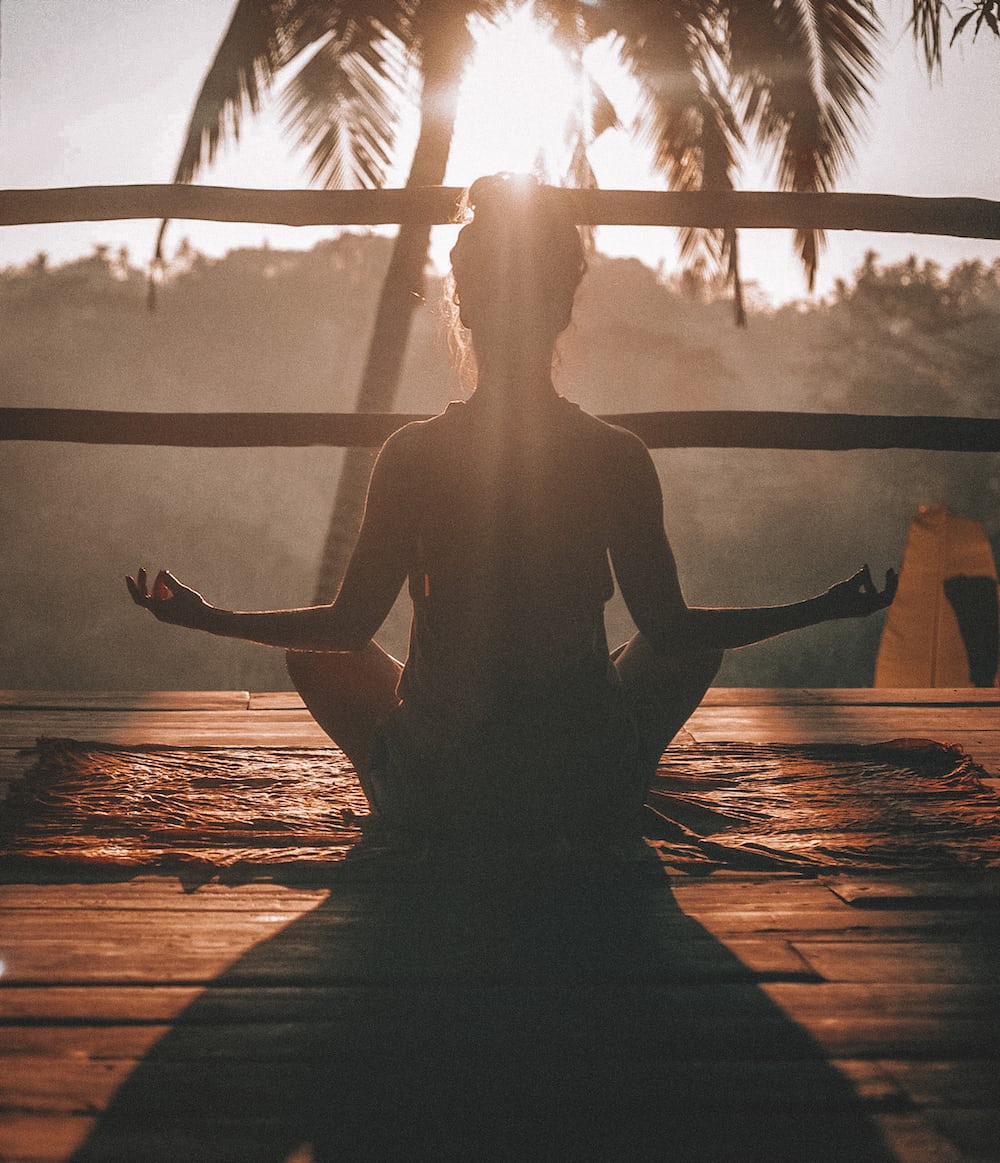
Choose some dedicated items that you’ll use just for this because you want to create association in your brain between these items and the activity that’s associated with them so that you can adopt a habit faster.
These items can be:
- a cushion to sit on if you don’t want to use a chair or a couch
- a dedicated notebook or journal to keep regular notes on your progress and/or use for self-exploration,
- a special pen or a pencil,
- special cup or a mug,
- headphones (like those from your phone for example) if your listening audios or videos,
- or noise-cancelling headphones (paid link) if you’re absorbing content by reading but don’t want to be distracted by outside noise.
You probably already have all of this at your disposal in your home, so you DON’T HAVE TO SPEND MONEY to quickly create a morning routine or daily routine that has this activity included.
But you can, of course, if you believe this would be helpful to move forward.
The only thing on which I believe you should spend money and time is investing in yourself, because that’s how you’ll truly grow.
I’ve never seen anybody grow as a result of collecting and piling up material things.
#4 PREPARE A NOTEBOOK OR A JOURNAL TO START WITH PERSONAL DEVELOPMENT
I know I already mentioned journaling but I needed to separate this step from other ones because I see it as something that’s not to be skipped or overlooked.
A journal can be a transformational tool because writing is transformational, considering you get to:
- clean up and clear your mind and thoughts,
- detect, name, and express your emotions that you might ignore or suppress otherwise,
- track your progress,
- have a written testimony of your journey, and more.
Decide how structured you want it to be dependening on the purpose:
- journal for writing if you’ll be following guidance from an expert you chose, or with prompts if you use to for a specific cause
- or if you’ll use it in addition to the personal development resource you’ve chosen to use because there are many personal growth journals available. (I’ve mentioned some in my post about personal growth journals that you can check out.)
So use one for the purpose of your self-growth journey so you hold yourself more accountable and document your growth and progress.
If you’re interested in finding a good prompted journal read my posts:
Or here are a few to check out if you’ve decided to use guided journals for self-improvement.
Paid link: Self-Love Workbook for Women: Release Self-Doubt, Build Self-Compassion, and Embrace Who You Are (Self-Love Workbook and Journal)
Embrace who you are with this guided self-love book for women of any age and any background. You’ll embark on your journey of self-discovery by learning what self-love is, and then immersing yourself in exercises to help you build your self-esteem and improve or elevate your relationships.
This very successful self-Love workbook created by a fellow Megan Logan, LCSW is designed with a clear intention to empower women on their journey of self-discovery and self-love. So if you like my approach to self-love you’ll probably like this. Because as you’ll see that I always emphasize that to increase self-love we need some practice and consistency.
The self-love workbooks typically include exercises, prompts, and activities that encourage self-reflection, self-compassion, and self-care, in addition to practical tools and strategies for setting boundaries, managing stress and anxiety, and cultivating healthier habits.
By getting a self-love workbook, you’re benefiting from a valuable resource that can empower you to take control of your mental and emotional health, develop a more positive and compassionate relationship with yourself, and in the end, improve your overall well-being.
I’ve collected a few helpful Self-Love Workbooks in my post: The Best Self-Love Workbooks To Help You Finally Break Free From Self-judgement Through Self-Compassion And Self-Acceptance.
You may want to also check out alternatively (or combine the 2 workbooks):
Self-Love Workbook for Black Women: Empowering Exercises to Build Self-Compassion and Nurture Your True Self (Self-Love Workbook and Journal)
As an African American woman, juggling many roles can leave little time for self-care. With this in mind, here’s an empowering self-love and self-care workbook designed to help you prioritize your joy, healing, and growth, with affirmations and exercises that nurture your authentic self.
Embrace self-love, build inner peace, and cultivate confidence while exploring themes of self-compassion and community.
Paid link: A Year of Self-Care: Daily Practices and Inspiration for Caring for Yourself (A Year of Daily Reflections)
This is a 12-week anxiety and self care journal that will help you process what’s occupying your mind and gently re-frame your thoughts, so you can manage your worries before they get to spiral out of control. This could potentially help if you’re feeling anxious even to start self-exploration.
It was designed to meet you where you are and guide you to developing a practice of dedicating a few minutes a day to reflect on your thoughts, detect the sources of your anxiety, and prioritize your overall wellness and mental health. This is dedicating a few minutes to yourself you really need.
It has:
- Daily Journaling Pages
- Self-Care Ideas
- Therapy Reflections
- Emotional Support Cheat Sheet
- Fear-Setting Exercises
- Habit Trackers
- Monthly Progress
Additionally, you can look for other journaling resources such as:
- Notebooks and Journals: Notebooks come in various sizes, paper types, and bindings. They serve as the foundation for recording thoughts, ideas, goals, and experiences. Journals may be themed, such as gratitude journals or dream journals, to encourage specific types of reflection.
- Journaling Kits: These kits often include a combination of supplies like notebooks, pens, stickers, and other decorative elements, making them suitable for beginners or as gifts.
- Bullet Journaling Supplies: Bullet journaling is a creative and customizable system that combines planning, journaling, and tracking. Supplies for bullet journaling often include dot grid notebooks, pens, colored markers, stickers, and stencils.
- Pens and Writing Instruments: High-quality pens, markers, and pencils are essential for jotting down thoughts, creating to-do lists, and adding artistic elements to journals and planners.
- Highlighters and Colored Pens: These supplies help organize and emphasize important information in planners and journals. They can be used for color-coding tasks, events, or categories.
- Stickers and Washi Tape: Decorative stickers and washi tape add creativity and personality to journals and planners. They can be used to mark special occasions, create dividers, or highlight key content.
- Rulers and Stencils: Rulers and stencils assist in creating neat lines, grids, and shapes in journals and planners. They are particularly useful for bullet journal layouts.
- Index Tabs and Sticky Notes: Index tabs and sticky notes help users easily navigate and organize content within notebooks, planners, and journals.
- Journaling Prompts: Journaling prompts provide inspiration and direction for self-reflection. They can be integrated into journals to encourage deeper exploration of thoughts and emotions.
- Calligraphy and Lettering Tools: For those interested in artistic journaling, calligraphy pens and lettering markers allow for creative typography and embellishments.
- Traveler’s Journals: These versatile (paid link) notebooks are designed for travel journaling and personal organization. They often include pockets, inserts, and accessories.
- Calendar Stamps: Calendar stamps allow users to add dates and monthly layouts to their journals and planners creatively.
#5 CREATE A GOAL TO KEEP YOURSELF ACCOUNTABLE
Create a goal or focus on exploring this chosen area you want to expand if you’re not sure what you would like to accomplish, but remember that things can grow exponentially, so you may not be able to anticipate how well things can work out.
So it’s good to define goals you want to focus on for the next quarter, for example. So create a 90-day plan.
Like: I’ll increase my work productivity by 30% in the next three months.
Note:
- Keep it attainable in terms of how much it’s really possible to achieve in that period of time, so you don’t get into a trap believing you failed.
- Keep it specific so you know what needs to happen.
- Keep it time-bound for a specific period of time.
- Keep it measurable—choose tasks you regularly do so you can measure how fast you can accomplish them.
- Keep it relatable – it needs to be relevant to your situation so you can benefit from it.
- You will need an action plan for attaining a goal that will consist of activities for achieving the goal.
Just remember that it’s more important to stick to your goal and action plans than to achieve a specific goal, because you’ll grow more if you fail because the goal was courageously determined as opposed to succeeding because you were too scared to go for whatever you really want. We do this so that we wouldn’t be seen or called unsuccessful.
If you do the work and fail is more valuable than not failing because you didn’t do the necessary work.
YOU MAY ALSO LIKE:
CREATE ACTION PLANS
Action plans will consist of activities that will lead to the accomplishment of your goal.
Examples:
- Every morning for the next 2 months, I get in my corner and use a resource I’ve chosen for 25 minutes as soon as I get up in the morning
- I use my journal each morning to note down 2 vital insights I got by following my resource of choice
- I follow the instructions or actionable steps that I’ve created myself by sticking to the framework/expert advice/tutorial and I implement them any time I’m directed to do so
- I follow my progress by collecting the most important observations and personal changes I encounter and writing them in my journal (choose a designated space) once a week for 15 minutes (at a desirable time of day).
You’ll create an action plan applicable and suitable for you, this is just an example so you understand what it can look like.
This part will differ depending on what you have chosen as your main resource.
For example, if you choose a self-help book, an online course, or a personal development program, you can use the example above.
But if you have a mentor or use coaching, then the person guiding you through the process might have a framework/steps/plan for you to follow.
Here’s a helpful resource to look into. It’s an updated planner so start anytime and plan for 6 months.
UNDATED DAILY PLANNER – START ANY TIME AND PLAN FOR SIX MONTHS
If you feel ready to streamline your planning process and simplify daily planning to stay right on track, you can consider getting this user-friendly daily planner. What sets it apart is the undated layout that allows you to start planning whenever suits you best.
Each day you can prioritize tasks, schedule appointments, and take time to relax, as well as reflect on your day, because self-reflection matters most.
In the weekly sections you can set goals, track habits, plan meals, and organize shopping lists quickly and easily to stay organized and in control every step of the way especially if this gives you a sense of control and certainty. That’s how we can get our power and strength back.
There are 180 daily planning pages and 26 weekly sections providing a seamless 6-month planning experience.
USE A PROMO CODE AVAILABLE FOR JOANNA BEL READERS: 10-JOVANA.
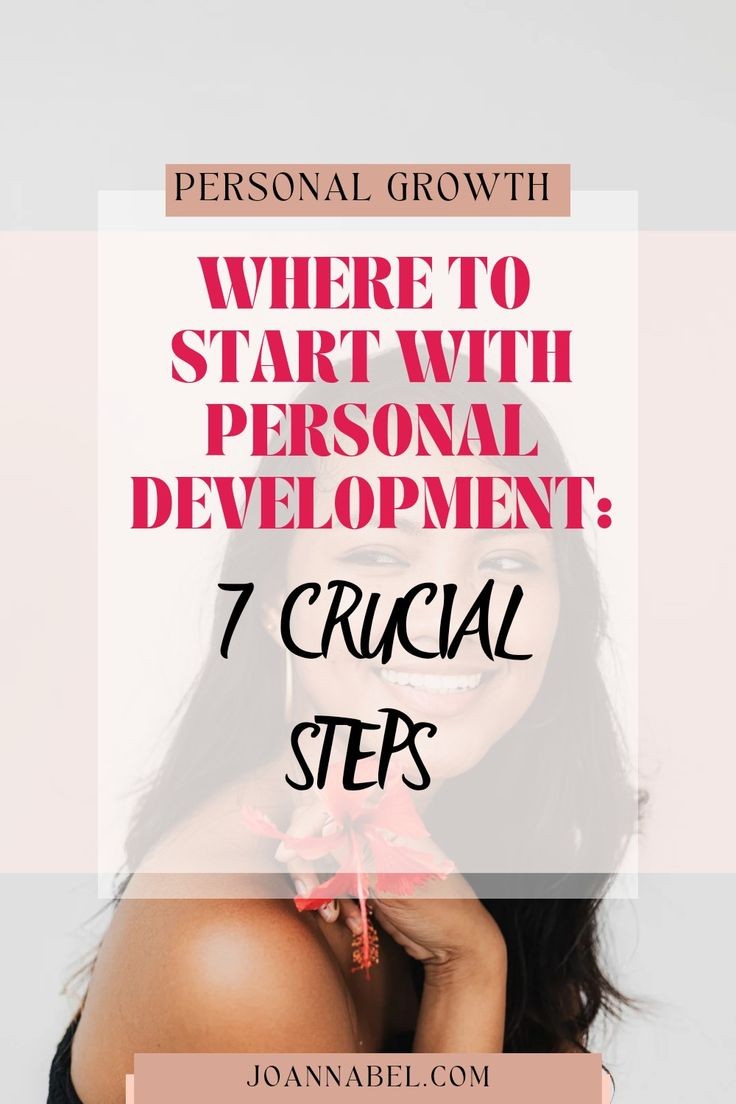
#6 BE ATTENTIVE ABOUT LISTENING VS. LEARNING OR IMPLEMENTING
When you’re learning a new concept or approach, it will be tempting to listen to all the materials or lessons and then move on to the next. But then what can happen is that you start using personal development resources as a distraction to avoid doing the work.
This is why you should think about this in advance so you can “hack” your brain.

Your mind will want to trick you to avoid hard work, but you shouldn’t let it. Instead, while you’re going through your lessons, materials, or processes, do the work you need to do. This is the only to get ahead and progress.
If you found the information on the blog helpful & inspirational and you feel like giving back, you can do it by clicking the donate button after entering amount you’re comfortable with. I’ll use it to create and deliver more useful content and resources like this. Thanks for your precious contribution!
#7 ACKNOWLEDGE EVEN CELEBRATE EVEN THE SMALLEST PROGRESS
It’s IMPORTANT to celebrate any success and progress to increase motivation and self confidence.
This way you’ll continue to advance and improve because you’ve acknowledged that you did it: you achieved a goal, made real progress, and moved forward.
Decide ahead how you’ll be celebrating milestones.
It doesn’t need to be a big celebration, just something that’s significant for you and that potentially includes others.
That way, you’ll get the boost of confidence and recognition you need.
RELATED:
Recommended Resources For You:
Latest Posts:
- Special Gifts to Let Someone Know You’re Thinking of Them (13)

- 100 Ways to Challenge Yourself (Without Stretching Yourself Too Thin)

- What To Do When Your Parent Struggles With Alcohol

- How To Navigate Moving to a New Home With Your Kids

- Prenups for Young Couples (A Modern Approach)

- What Happens When You Sign A Prenup (Relationship-Wise + Legally)

FINAL THOUGHTS ON HOW TO START WITH SELF-DEVELOPMENT
I know we’ve covered a lot in this post, but I hope it was valuable to you and that you’ll consider following these steps on how to jumpstart with your self-important goals.
I’m rooting for you and happily cheer you on! Focusing on your personal growth would be the best move ever.
I’ll see you in my next post! Here is one:
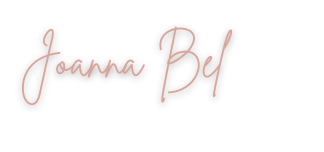
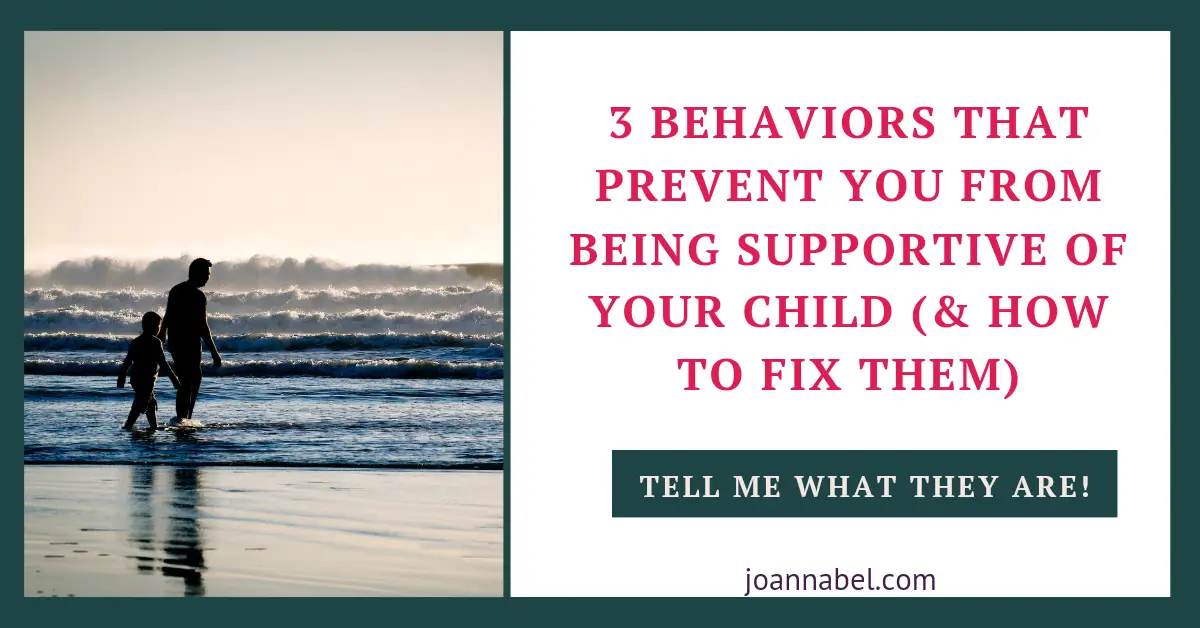








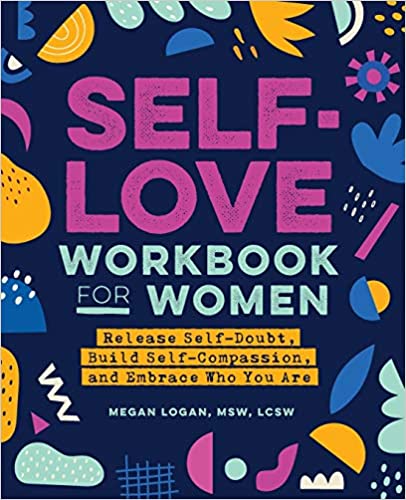
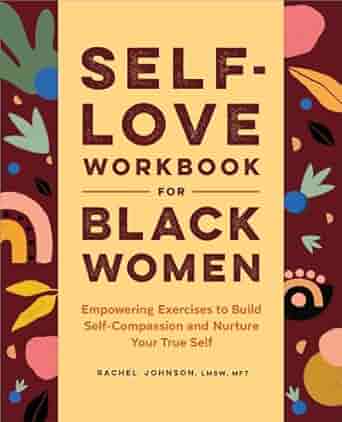
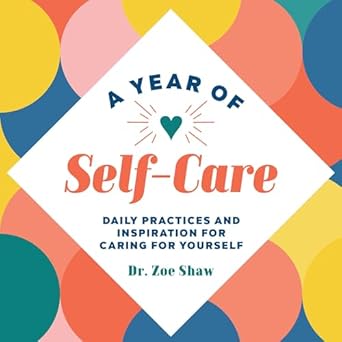
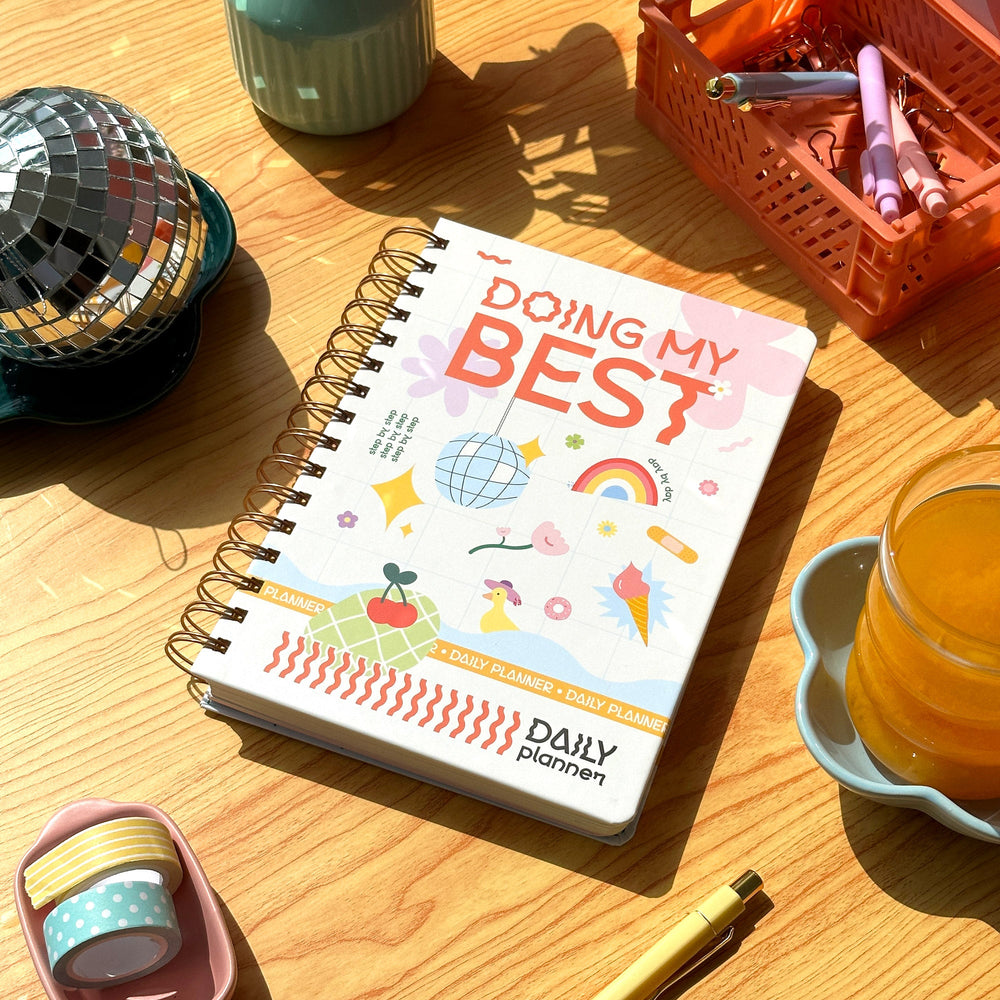

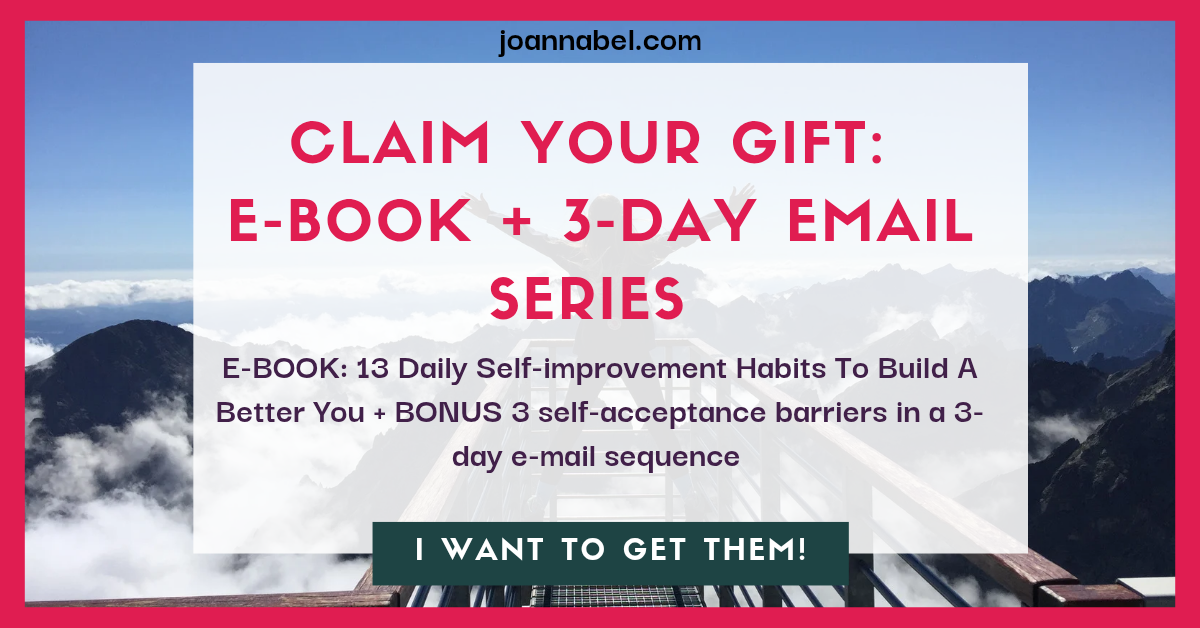




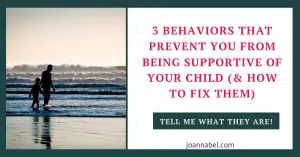

Leave a Reply